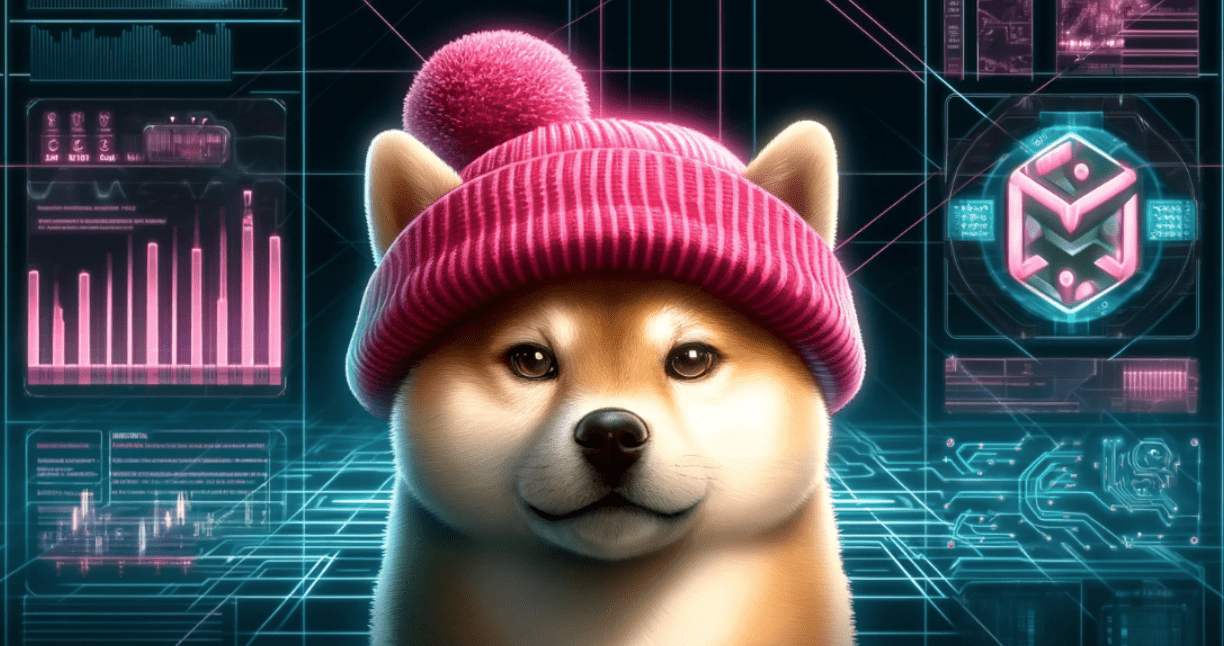Table of Contents
- Big Brands are Embracing Digital Fashion
- Sustainability and Creative Freedom — The Metaverse Has Them Both
- Looking ahead
As the crypto market has continued to reel in from massive bearish pressure over the past year or so, the metaverse too seems to have lost some of its former momentum. However, as the use cases of this novel technological paradigm continue to emerge, many experts believe it's only a matter of time before this interconnected digital world revolutionizes several domains, including the world of fashion.
From a numbers standpoint, a recent study reveals that the worldwide market for digital fashion is projected to expand by $6.61 billion between 2021 and 2026. During this forecast period, the market is anticipated to experience a compound annual growth rate (CAGR) of 36.47%, with a sustained increase in growth momentum thanks to the entrance of numerous fashion brands into the metaverse over the last couple of years.
Big Brands are Embracing Digital Fashion
Despite some naysayers referring to the idea of metaverse-centric fashion as a fad, it should be noted that many mainstream entities have already started investing in digital fashion. For example, Adidas recently partnered with Genies — an American avatar technology company — to create a wide selection of virtual clothing, while Nike acquired the digital sneaker brand RTFKT. Similarly, Roblox, an online gaming platform, has forged partnerships with Levis and Gucci to not only devise digital wearables but also host several virtual events in the near term.
Also, the Metaverse Fashion Week, an annual event taking place on Decentraland, has really brought the concept of metaverse fashion to the forefront. The 2023 iteration of the event featured designs from many prominent fashion labels such as Dolce & Gabbana, Tommy Hilfiger, Estée Lauder, Elie Saab, and Etro. The idea behind such events is to create a hybrid offering, one that combines the best of the physical and digital worlds.
Sustainability and Creative Freedom — The Metaverse Has Them Both
One of the most significant aspects of metaverse fashion is its potential for sustainability. The fashion industry is responsible for a considerable portion of the world’s annual carbon emissions, and therefore a shift towards digital clothing could help reduce the environmental impact of the sector.
For instance, a recent study discovered that digital-only clothing is significantly more eco-friendly than physical clothing, producing 97% less CO2 and using about 3,300 liters less water per item. Furthermore, evidence indicates that substituting physical samples with digital ones during a brand's design and development stages can decrease the company's carbon footprint by an impressive 30%.
Not only that, digital fashion also offers creative freedom that isn't possible with traditional fashion. With digital garments, customization and modification are limitless, allowing for truly unique wardrobes that express individuality and style. In this regard, platforms like Upland are redefining this space immensely, offering users with wearables that cater to their various tastes and personalities — while being extremely holistic in their design structure.
To elaborate, Upland is a blockchain-based virtual world mirroring the real world. It allows users to purchase, sell, and trade virtual assets, and most recently, the platform introduced its inaugural ‘Wearable Legits’ sale, featuring Brazilian-inspired costumes from the renowned Mangueira samba school in Rio de Janeiro. This addition enables ‘Uplanders’ to customize their avatars according to their personalities and interests, encouraging deeper engagement with the virtual world.
As Upland expands and introduces more customization options, users can expect additional wearable costumes and accessories to further personalize their virtual avatars. This unique blend of metaverse fashion and blockchain technology is not only innovative but also environmentally conscious.
Looking ahead
As people all over the globe continue to adopt and gravitate toward decentralized technologies, it stands to reason metaverse-based fashion will continue to gain more mainstream traction. This is because it not only offers a sustainable alternative to its traditional counterpart but also provides creative freedom for users to express their individuality.
Therefore, with major brands and labels continuing to venture into the metaverse and platforms like Upland introducing novel innovations to redefine this burgeoning space, it is not unreasonable to expect the idea of virtual clothing to grow and change the fashion landscape for good.
Disclaimer: This article is provided for informational purposes only. It is not offered or intended to be used as legal, tax, investment, financial, or other advice.













